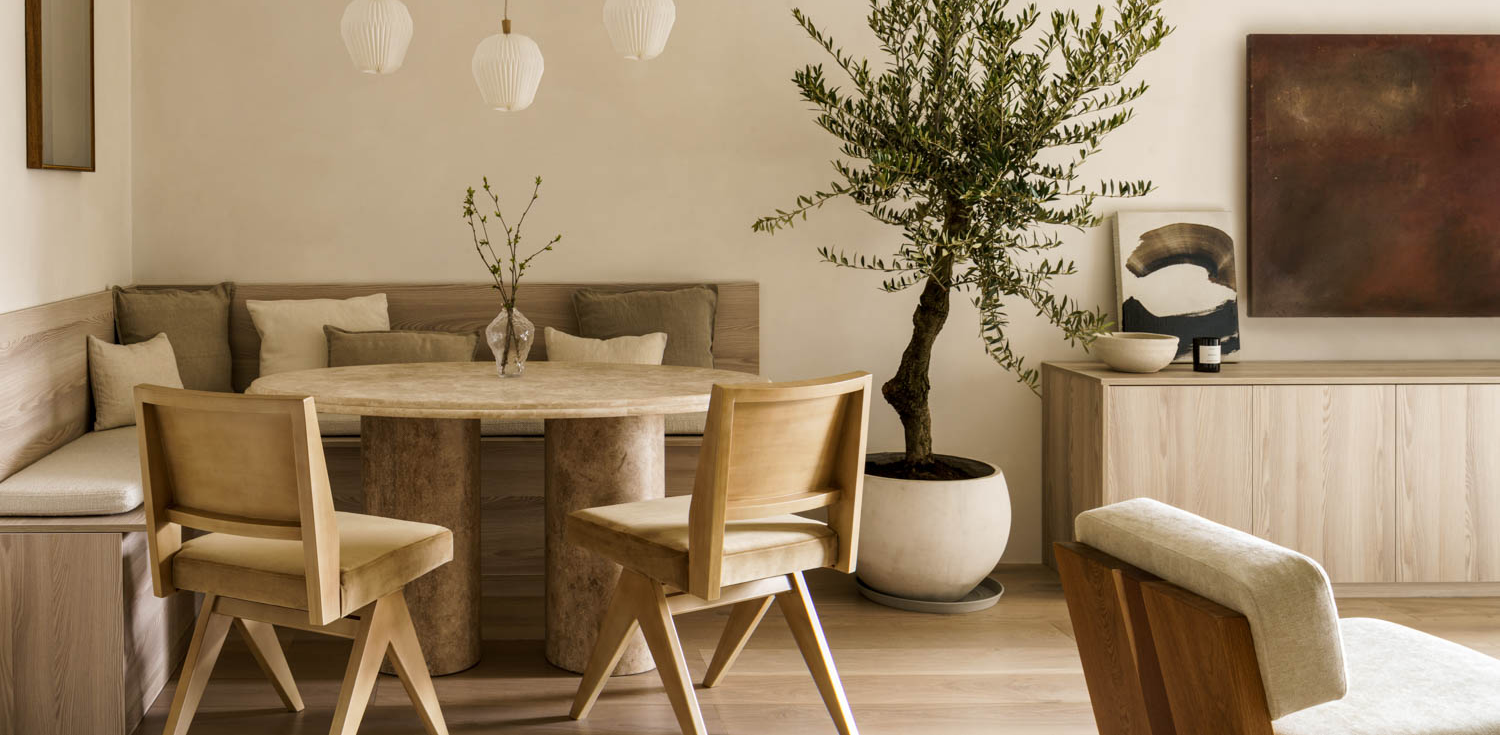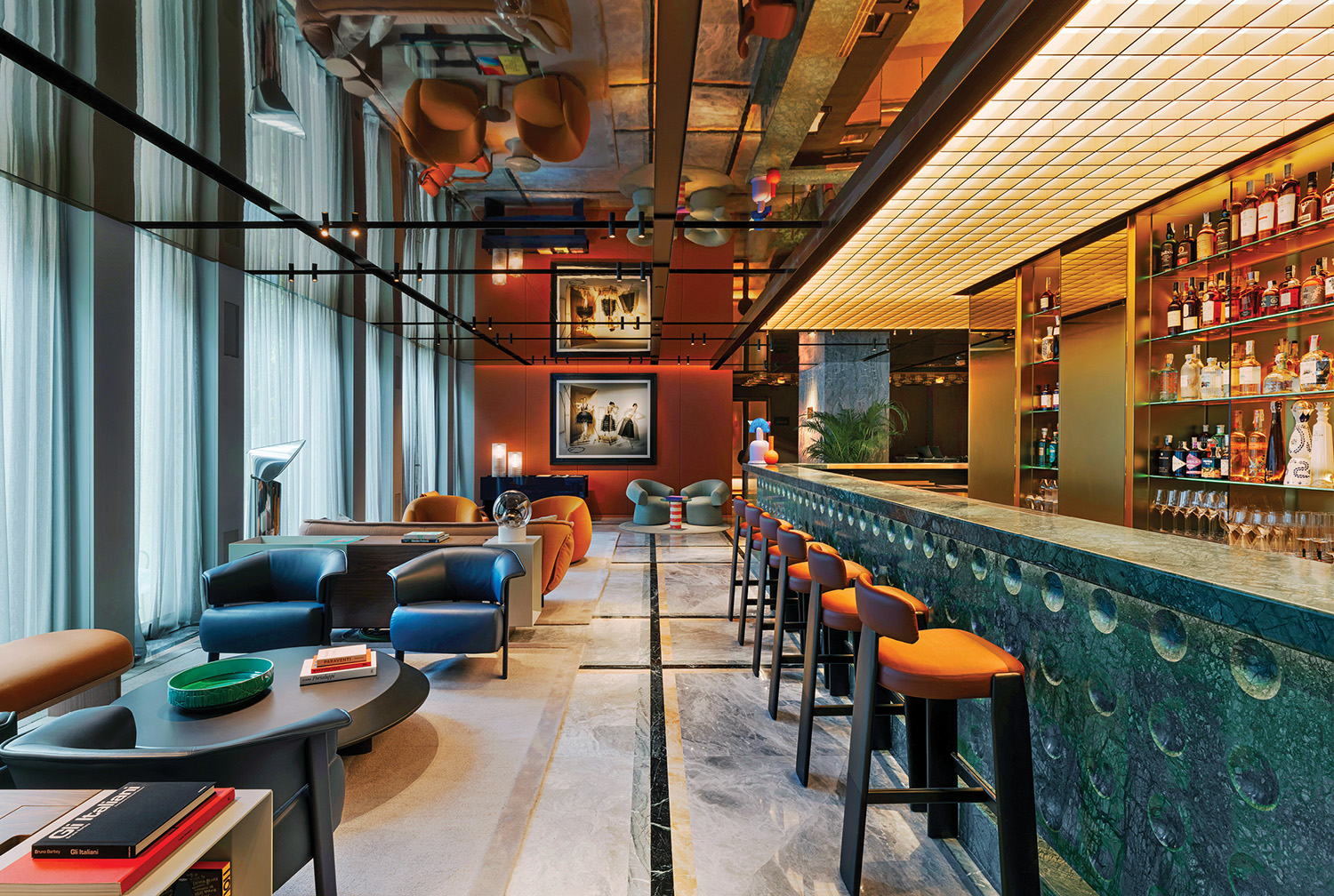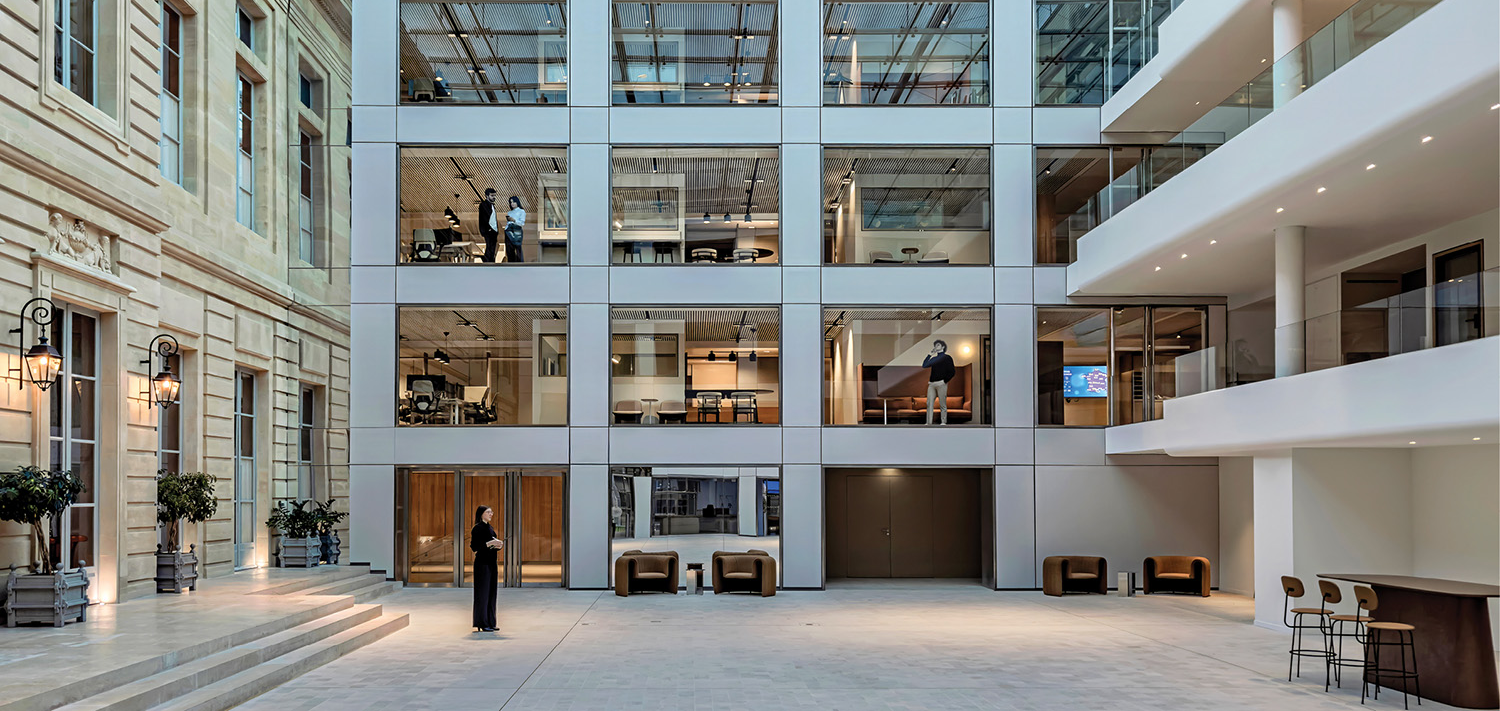Reflections On A Collection: A Private Museum in Upstate New York
“They are truly rabid collectors,” says Allied Works Architecture founding principal Brad Cloepfil about clients whose Stanfordville, New York, estate he’s been molding for the last five years. The husband and wife have been acquiring contemporary art for almost 30 years, but when their holdings reached several hundred and counting, they realized it would be prudent to turn their weekend retreat into a showcase for the ever-growing collection. So, along with a main residence and guest house that Cloepfil was commissioned to design for the recently acquired country property, the plan for the compound included an extra structure: a small private art museum.
The clients selected Allied Works for the job based on the firm’s 2008 reinvention of the Museum of Art and Design in Manhattan. Geography might have played a part, too: “I had the right distance from the project,” says Cloepfil, who has offices in New York and Portland, Oregon. Michael van Valkenburgh Associates was hired to do the landscape design and road plan, after which Cloepfil laid out the buildings. “I wandered the property and looked at the art,” he says. “The scale of the whole endeavor really struck me.”
In fact, thanks to the size of the 350-acre property, the museum plans got a bit grander. With its rolling hills, open meadows, and dense woods, the estate is an ideal setting for a serious program of outdoor commissions. To facilitate this development, Studio Frazar was brought in to outfit the gallery building with a library and a lounge for artists in residence. Sensitive to the Dutchess County vernacular, Cloepfil gave the gallery a barn like, double-shed form that accommodates exhibition space for a regularly rotating selection of large-scale 2- and 3-D work; a black-box screening room for video projections; a temporary holding area for new acquisitions or works being pulled from the adjacent storage facility, which opens to a loading dock; and the library and artists’ lounge. “It’s quiet, contemplative,” the architect says of the 7,500-square-foot structure, which is nestled between the soft slope of a hill and a shallow creek. “The landscape closes around it and tucks it in, so it’s pretty discreet.”
The conjoined sheds are clad in board-and-batten western red cedar and topped with corrugated aluminum roofs. The larger shed is one level, comprising an open 5,000-square-foot gallery wired for the high-tech projectors and digital components associated with so much contemporary art. The floor is polished concrete on which temporary partitions can be erected in different configurations to accommodate shows curated by the clients; the sloping ceiling allows for spaces of varying intimacy within the same room. Museum-quality can lights hang from recessed tracks. “We developed the project for exhibition potential,” Cloepfil says. “It’s fun to create different conditions: dark and light, high and low. The clients enjoy setting up the perfect space for a particular piece.”
The smaller shed is two stories. Downstairs are the service rooms, black-box gallery, and storage area; upstairs, along with an open mezzanine, is the library and the artists’ lounge, both designed by Lisa Frazar—the ideal job, given the couple’s “extensive art knowledge,” she says. In the library, floor-to-ceiling shelves showcase the clients’ vast collection of catalogues and art books. Metal flat files hold works on paper and provenance documentation. “Book and file storage is fireproof, so the clients could get all the paperwork associated with the collection out of their Manhattan apartment,” the interior designer continues.
The artists’ lounge is an efficient studio: a sitting area, kitchenette, and a storage wall containing a Murphy bed, which appears minimal and utilitarian when closed. But the plan is to have each resident artist tag the internal wall behind the bed, turning the blank expanse into a colorful work of collaborative art. Extending over two walls in the sitting area are a series of Donald Judd plywood boxes, the only one of his works that is meant to be installed to the owner’s, rather than the artist’s, specification. When not admiring the Judd, residents and guests can enjoy the view through a large window and glass door of day lilies and landscape artist Jon Piasecki’s stone terrace, beyond which a footbridge by the same artist initiates a path through the woods to the guesthouse.
Back down the stairway, lined with Paul McCarthy’s chocolate Santa–patterned wallpaper, natural light is largely foresworn. As purists, the clients originally requested that the gallery be completely windowless to keep focus on the art. But Cloepfil successfully lobbied for a large window with a glass door at the far end of the space where drawing a contrast between inside and outside seems appropriate. “It’s like another room in the building,” says the architect of the lush landscape that’s framed by the opening. A vinyl screen, however, closes off the view when the clients choose to bask in artful expression alone.


